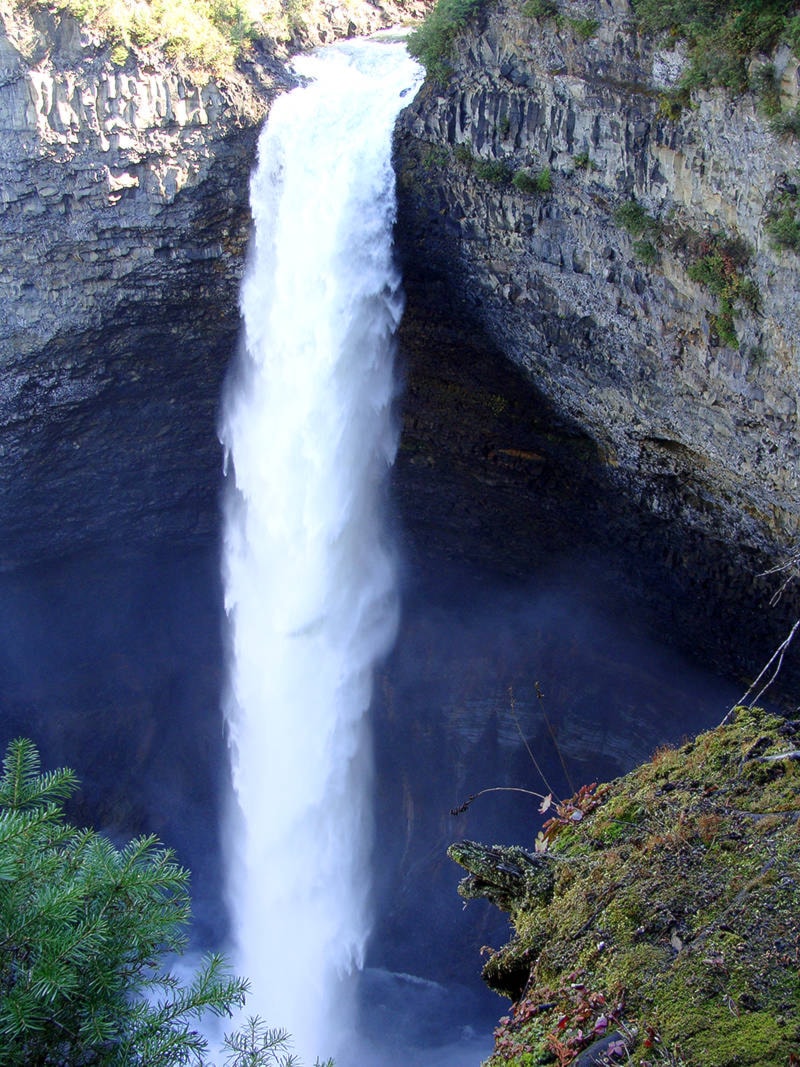Jim Hilton
Special to the Tribune
During four days in May of 2019, countries from around the world gathered in Athens, Greece to discuss “Forests for Public Health.”
The introduction described how urbanization and modern lifestyle changes have diminished possibilities for human contact with nature. At the same time, many societies today face increasing incidence of poor physical and mental health associated with chronic stress, insufficient physical activity and exposure to anthropogenic environmental hazards that cannot be addressed by medicine and technology alone.
Environmental conditions such as noise, heat stress and air pollution contribute not only to public health problems and increased expenditures for health care systems, but also lower productivity at work, increased work absenteeism, and other costly outcomes.
Natural elements such as trees, forests, urban parks, gardens and green spaces have been seen as providing opportunities to ameliorate such trends.
Another article in “Nature Health” describes how forests are among the most biologically rich areas on Earth, home to 80 per cent of global terrestrial biodiversity.
READ MORE: A closer look at our blue grouse family
They provide us with oxygen, an array of natural resources, and a source of livelihood. Europeans have long recognized the extensive benefits and services provided by forests to help overcome many of the challenges linked to physical and mental well-being. The United States National Park Service’s ‘Healthy Parks Healthy People’ program, sees doctors prescribing time in nature to help treat conditions such as diabetes, depression and high blood pressure.
In Japan the restorative benefits of forests were formally recognized in 1982 when the Ministry of Agriculture, Forestry, and Fisheries advocated Shinrin-Yoku (forest bathing) as a form of stress management and relaxation. Though there is a need for more research into the physiological effects of Shinrin-Yoku, small-scale studies have shown its potential to contribute to preventative health care by lowering concentrations of cortisol, pulse rate and blood pressure.
Although there is ample evidence demonstrating the positive link between human health and outdoor activity, adults and children are in fact spending more and more time indoors. In his book Last Child in the Woods, Richard Louv coined the term ‘nature-deficit disorder’ to describe the range of behavioural problems, such as diminished use of the senses, attention difficulties, and higher rates of physical and emotional illnesses, that result from less time spent outdoors. Sedentary and indoor lifestyles have not only resulted in a growing disconnect between people and nature but also in a lack of knowledge about local wildlife. In the U.K., a national project called NHS Forest is using forest and park areas near health care facilities to support rehabilitation and recuperation.
In Sweden, the Alnarp Rehabilitation Garden helps individuals to recover from stress-related mental disorders, stroke and war neuroses through nature-based rehabilitation while in Scotland, the Forestry Commission is piloting projects that focus on bringing early-stage dementia patients into contact with woodland environments in order to expose them to stimulating environments and promote a sense of well-being and self-worth.
READ MORE: Preparing to put up with tent caterpillars
The physical activity of moving through the natural environment (walking, jogging or biking) is also one of the major benefits or enjoying nature.
Next week’s article will discuss some local examples of how we can access forests and trails for getting in touch with nature and the following week we will discuss precautions to make the out door experience a safe and pleasurable one.
Jim Hilton is a professional agrologist and forester who has lived and worked in the Cariboo Chilcotin for the past 40 years. Now retired, Hilton still volunteers his skills with local community forests organizations.
